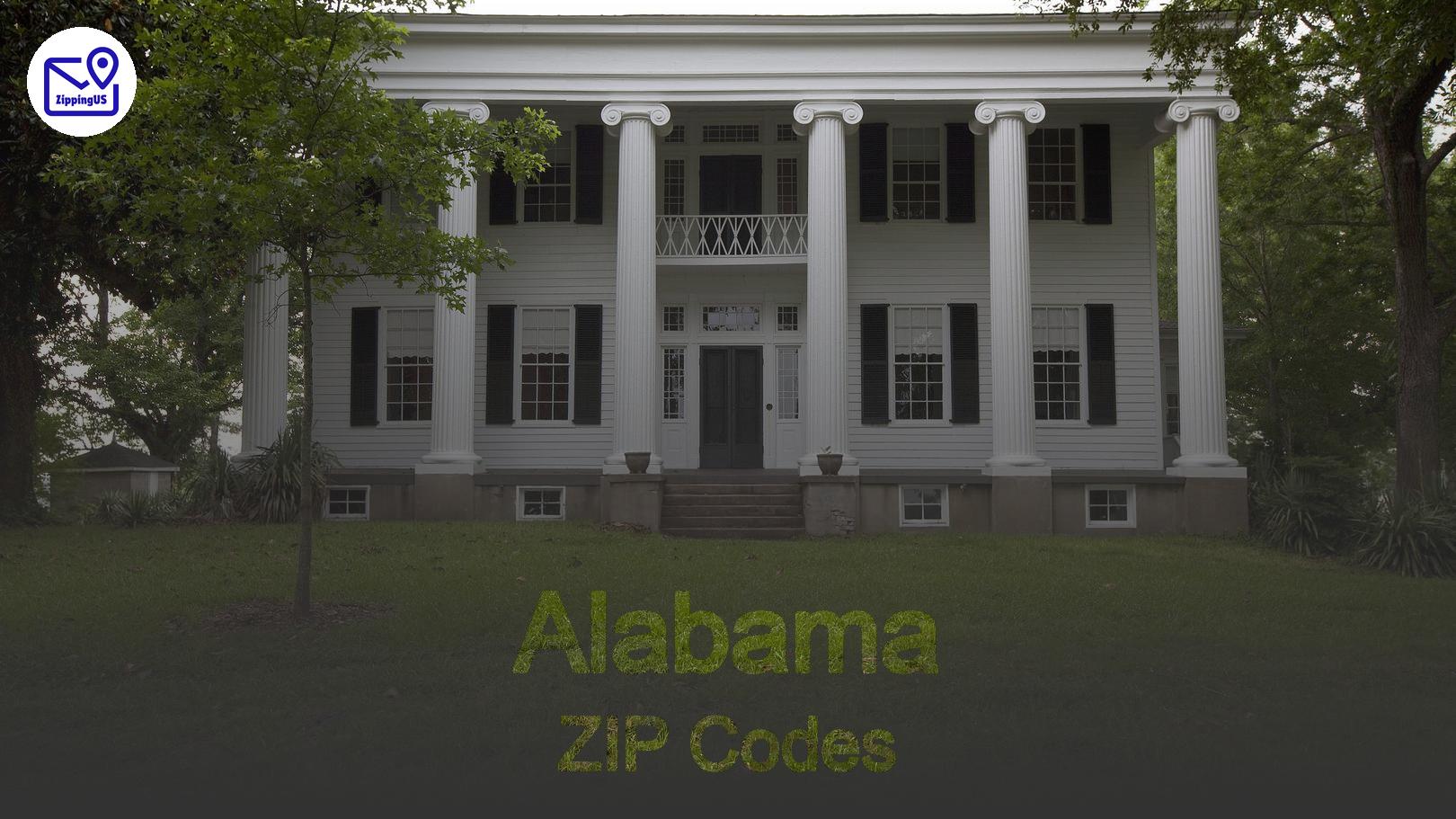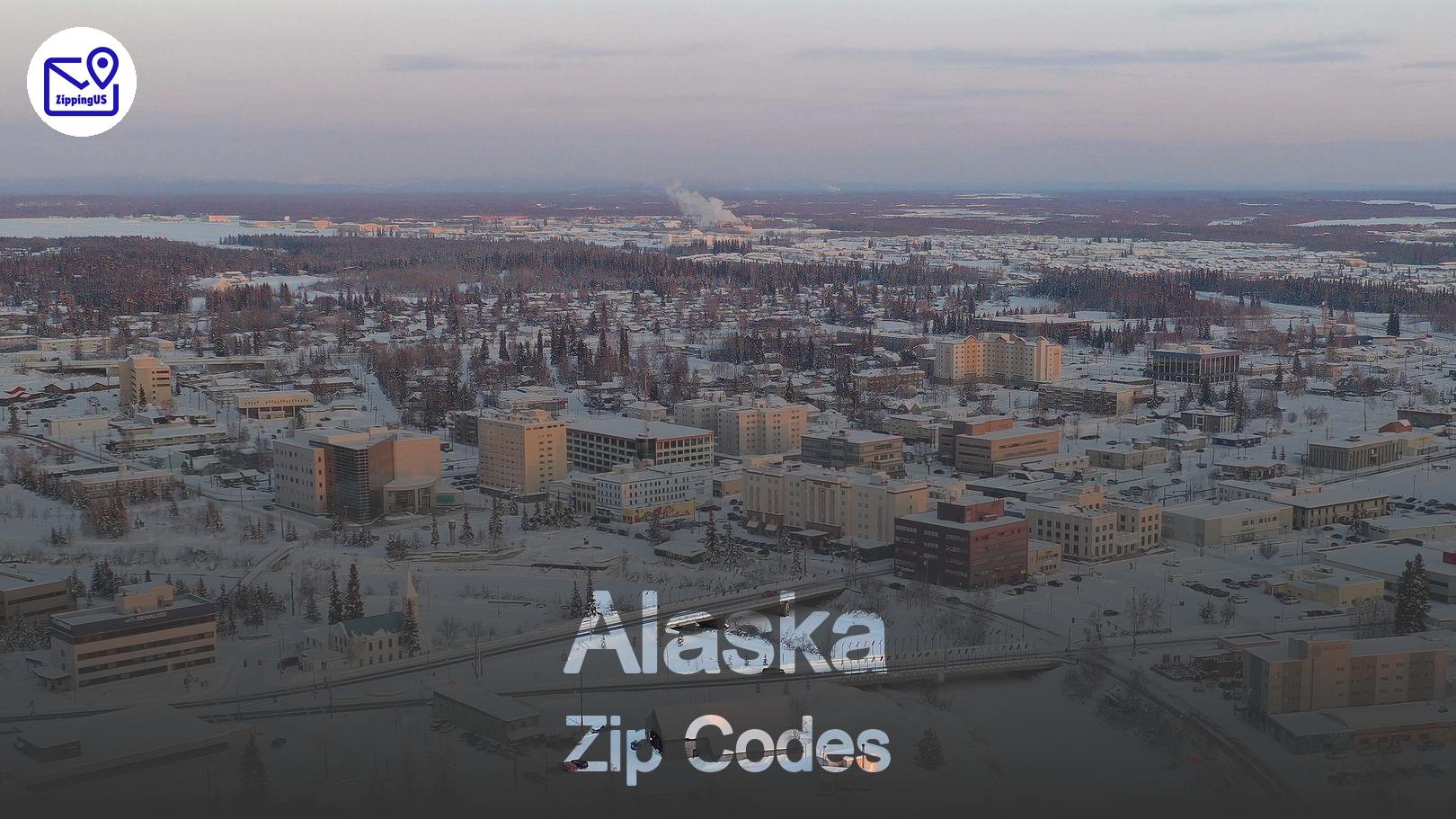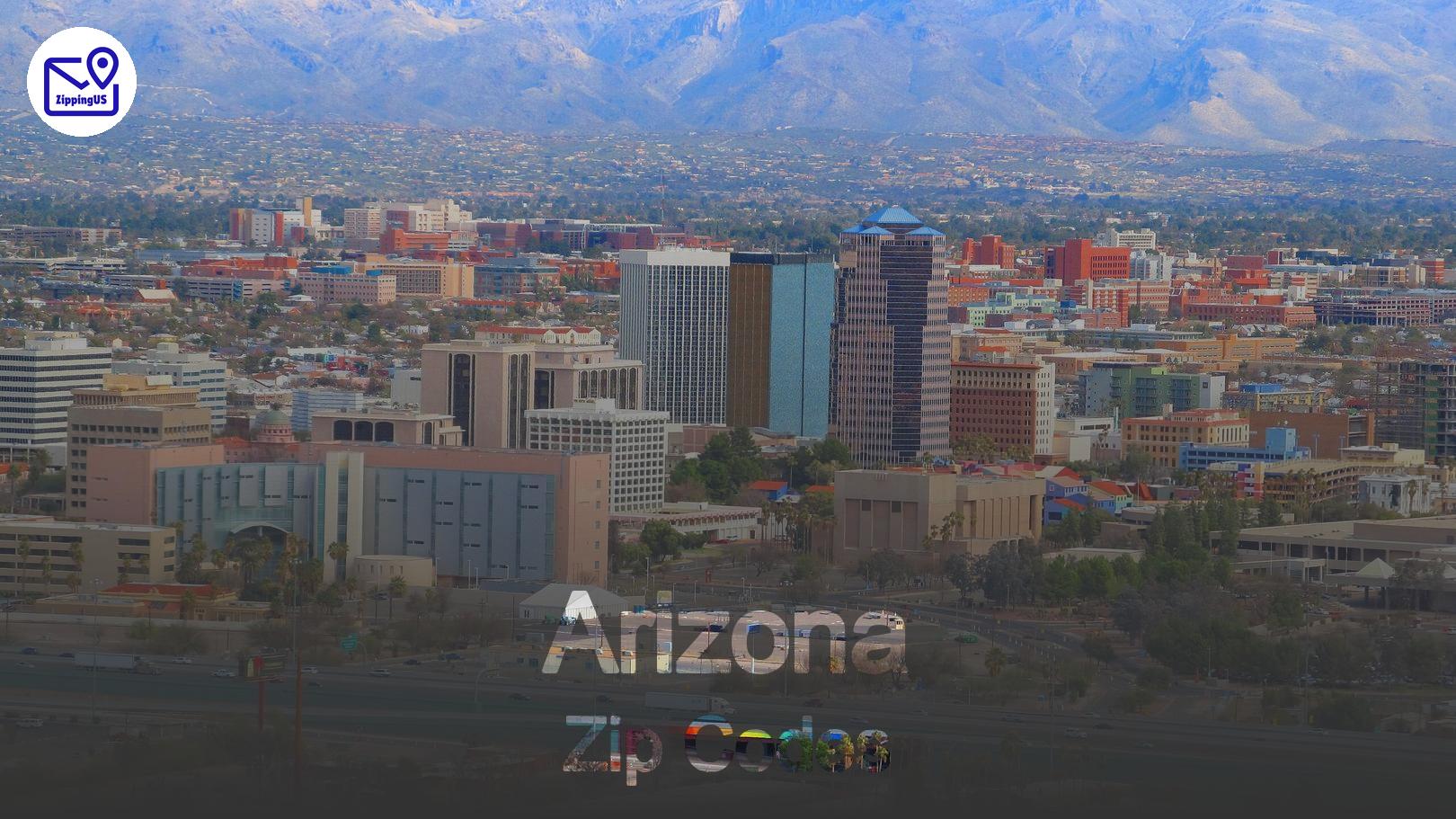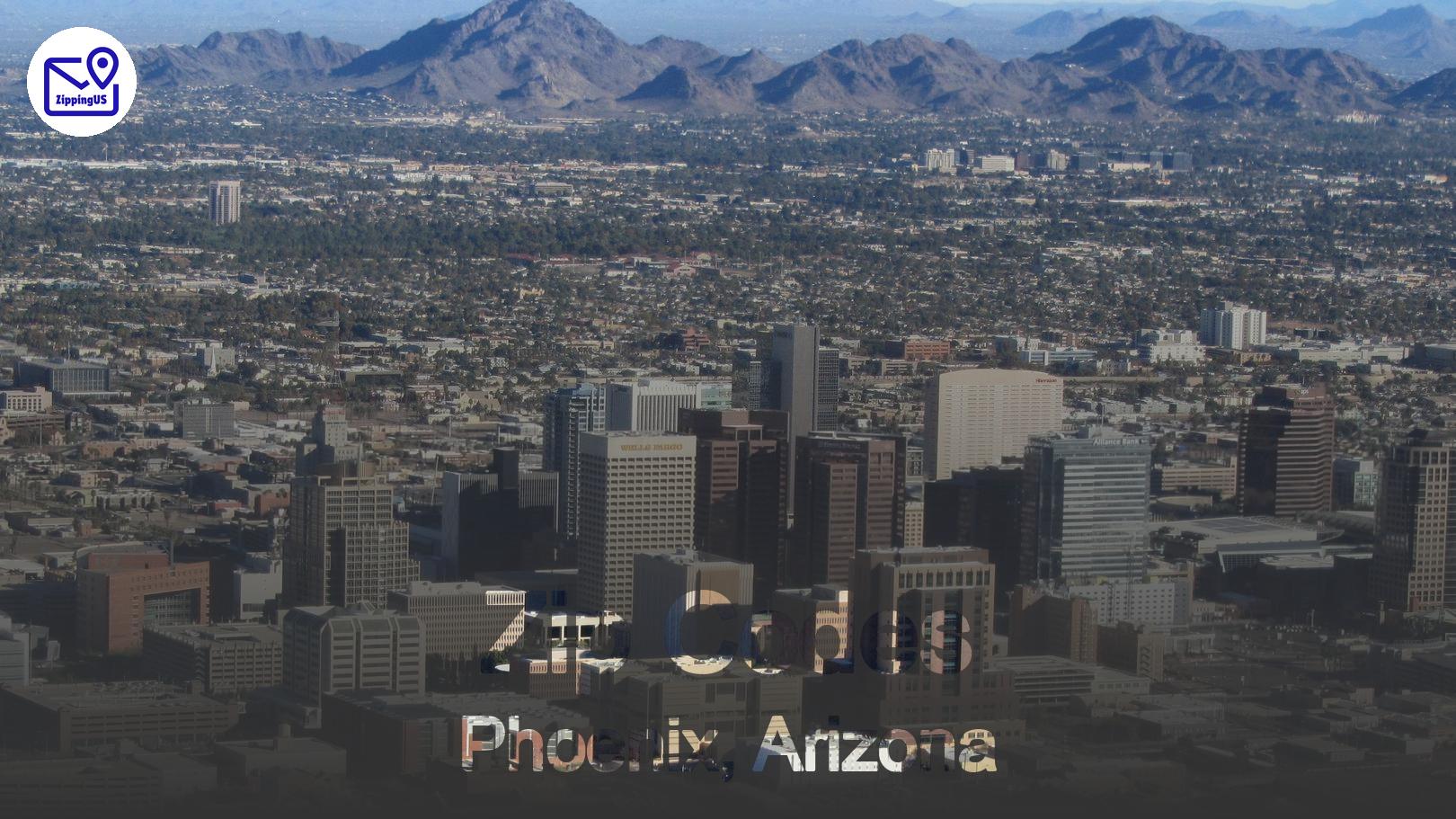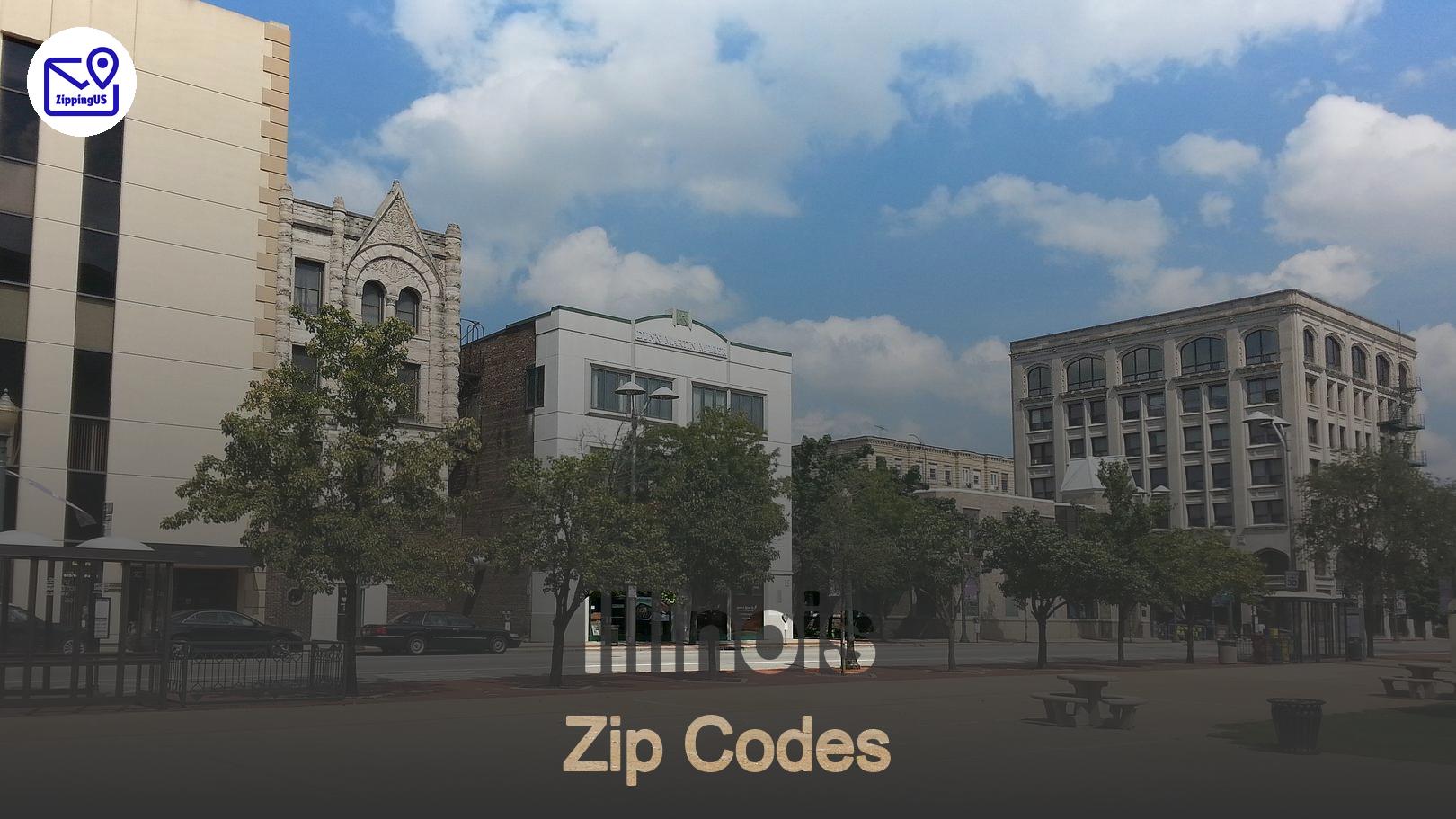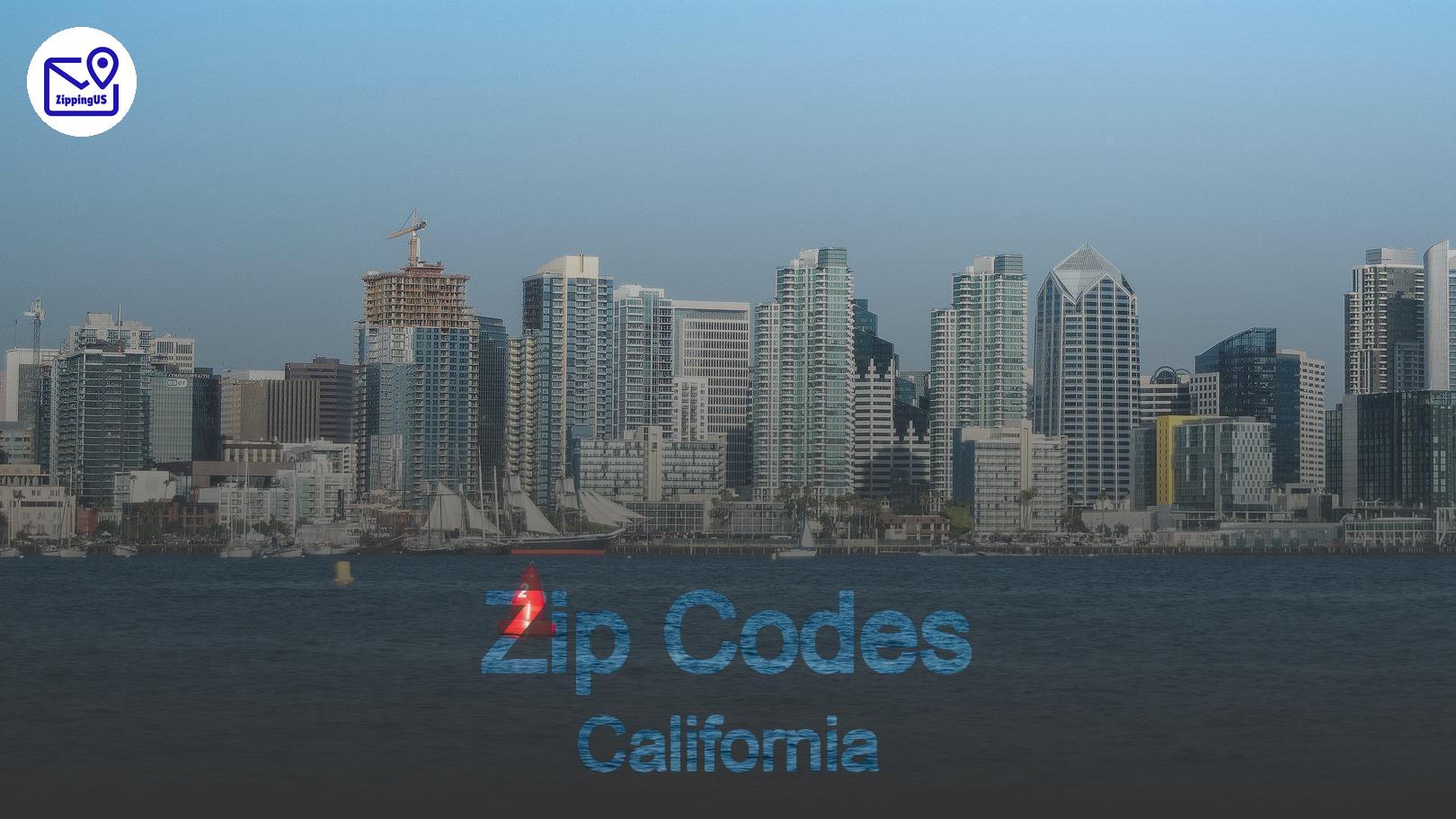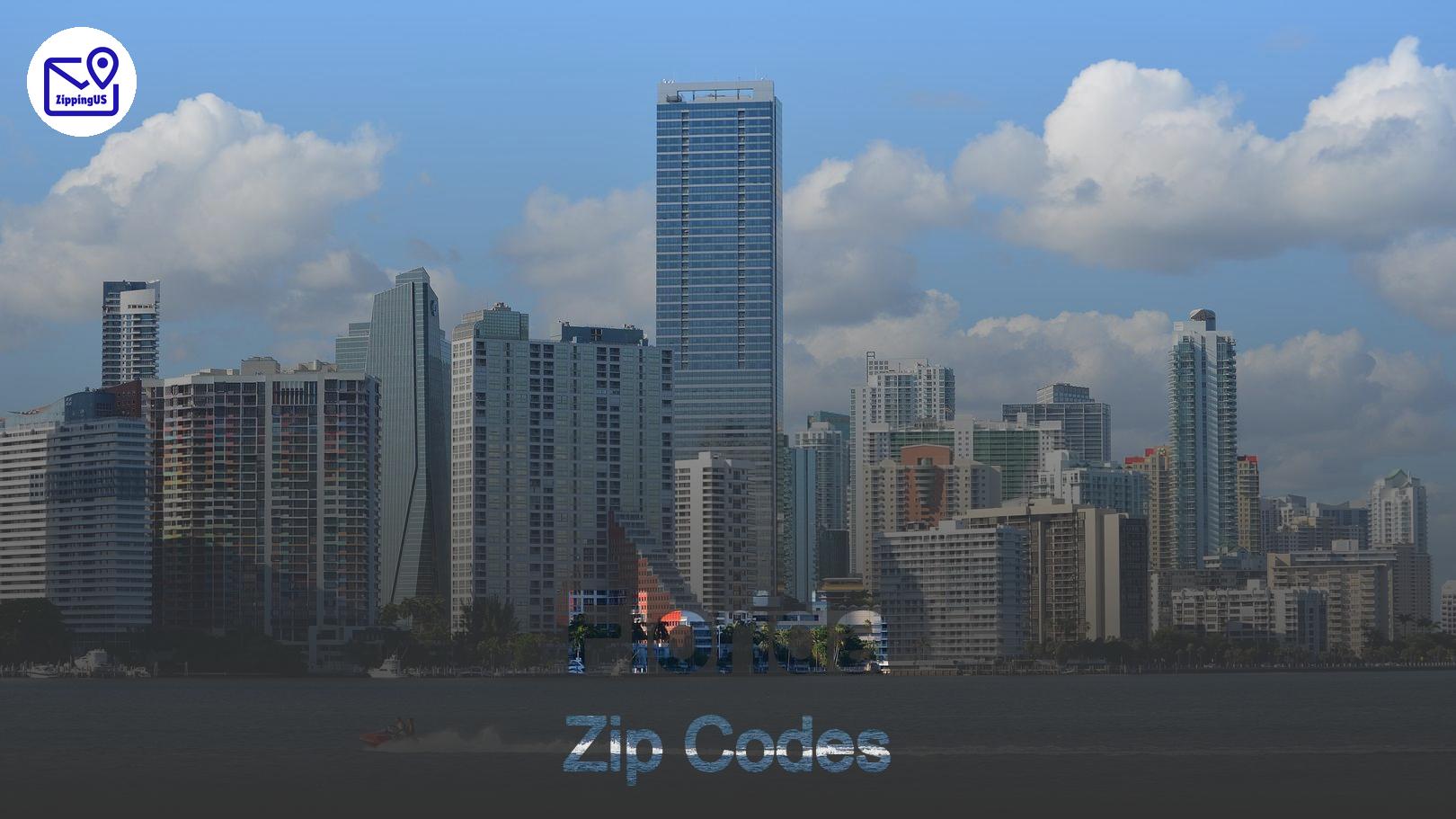Texas is huge, both in size and spirit. And with so many places to explore, it’s no surprise that Texas is home to a mind-boggling number of zip codes. Whether you're moving, mailing a package, or just curious about the Lone Star State, understanding Texas zip codes can make a world of difference. Let’s dive into the world of Texas zip codes and why they matter, with a focus on all the helpful details you need to know.
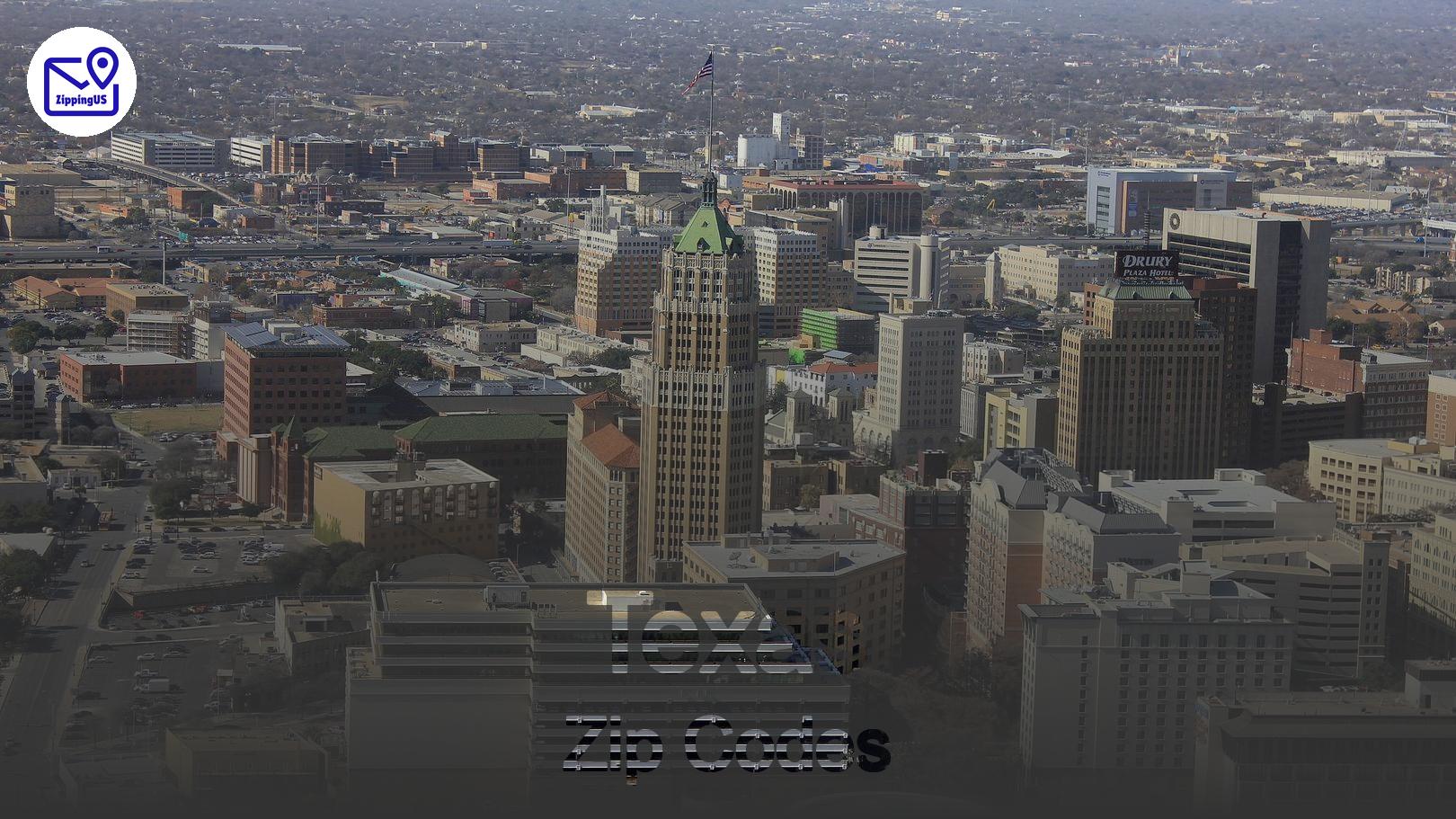
What is a Zip Code?
Before we zoom into Texas specifically, let’s cover the basics. A zip code (short for "Zone Improvement Plan") is that five-digit number we all know from addresses. It's used by the postal service to make sure your mail gets exactly where it's supposed to go. The first digit usually refers to a region, and the numbers that follow get more specific, narrowing down to cities and neighborhoods.
The Breakdown of Texas Zip Codes
Texas zip codes cover every corner of this massive state, and it’s interesting to see how they’re organized. Since the state is divided into regions, each area has its own unique zip codes. For example:
| Region | First Zip Code Digit(s) | Major Cities in This Region |
|---|---|---|
| East Texas | 75 | Dallas, Plano, Garland |
| South Texas | 77 | Corpus Christi, Brownsville, Laredo |
| Central Texas | 78 | Austin, Round Rock, New Braunfels |
| West Texas | 79 | San Angelo, Abilene, Midland |
| North Texas | 76 | Fort Worth, Wichita Falls |
Notice how each region begins with a specific set of numbers? That’s because Texas is so large that it needs several zip code "zones" to keep everything organized.
Texas’ Major Zip Code Hubs
Let’s get into some of the key areas of Texas and their most important zip codes. Whether you’re moving, sending mail, or just curious, it helps to know these.
1. Dallas – The Big D
Dallas is a major city in Texas, with plenty of different neighborhoods and zip codes to keep track of. Some of the most well-known zip codes in Dallas include:
- 75201 – Downtown Dallas, where the skyline and business district live
- 75204 – Known for the Uptown area, full of trendy bars and restaurants
- 75230 – The prestigious Preston Hollow neighborhood, home to luxury homes
Dallas also stretches into suburbs like Plano and Garland, which have their own set of zip codes starting with 750.
2. Houston – Bayou City
As the largest city in Texas, Houston is home to a ton of zip codes. Here are some notable Houston zip codes:
- 77002 – Houston’s Downtown, full of skyscrapers and business HQs
- 77024 – Memorial, an upscale residential neighborhood
- 77057 – The Galleria, known for its huge shopping mall
Houston’s metro area spreads far and wide, including Sugar Land and The Woodlands, which have zip codes like 77479 and 77380.
3. Austin – The Live Music Capital
Austin is the quirky, vibrant capital of Texas, and it’s growing fast. Some of the most important zip codes in Austin are:
- 78701 – Downtown Austin, home to nightlife, music venues, and the state capitol
- 78704 – South Congress, a hipster-friendly area packed with unique shops and eateries
- 78745 – South Austin, a laid-back residential neighborhood with a cool vibe
Austin’s suburbs, like Round Rock and Pflugerville, expand the zip code range with numbers like 78664 and 78660.
4. San Antonio – A Blend of Cultures
San Antonio, famous for the Alamo and its rich history, has some iconic zip codes as well:
- 78205 – Downtown San Antonio, which includes the famous Riverwalk
- 78209 – Alamo Heights, a historic and upscale neighborhood
- 78240 – The Medical Center area, with many hospitals and clinics
San Antonio’s metro area is large, so other suburbs like Helotes and Boerne have their own zip codes (78023 and 78006).
5. El Paso – The Border City
Over in West Texas, El Paso stands out with its unique location and culture. Some major El Paso zip codes include:
- 79901 – Downtown El Paso, close to the U.S.-Mexico border
- 79936 – One of the most populous zip codes in Texas, on the city’s east side
- 79912 – West El Paso, a growing area with scenic views of the Franklin Mountains
Why Do Zip Codes Matter?
Zip codes aren’t just about sending mail. They can tell you a lot about an area, from housing prices to demographics. For example, some zip codes in Dallas (like 75230) are known for higher-income households, while others might have more affordable housing. Similarly, Austin’s 78704 zip code is known for its creative vibe, drawing in artists and musicians.
Fun Facts About Texas Zip Codes
- Largest Zip Code: 78942 in Giddings covers a whopping 1,165 square miles!
- Most Populated Zip Code: 79936 in El Paso has over 100,000 residents.
- Weirdest Shape: Some zip codes in Texas don’t follow clean lines; instead, they twist and turn to match natural features like rivers and lakes.
How to Find the Right Zip Code
If you’re moving to Texas, or even just planning a trip, it’s handy to know how to look up zip codes. Here’s a quick guide:
- Use an Online Tool: The USPS website lets you search by address or city.
- Ask Around: Locals are usually happy to share their zip code (and might even give you some insider tips about the area).
- Check Maps: Platforms like Google Maps often display zip codes when you zoom in enough on an area.
Navigating Zip Code Boundaries
Zip codes can sometimes be confusing, especially when they don’t match up neatly with city or neighborhood boundaries. For example, in Texas, a zip code might include parts of two or three different towns. If you're trying to figure out which zip code you need, focus on the exact address rather than just the general area.
The Future of Texas Zip Codes
With Texas growing so quickly, especially in cities like Austin, Houston, and Dallas, new zip codes are being added regularly. The U.S. Postal Service keeps an eye on population trends and will create new zip codes when an area gets too crowded.
Common Questions About Texas Zip Codes (FAQs)
Q: What’s the most expensive zip code in Texas?
A: 75205 in Dallas (specifically the Highland Park area) is known for its luxury homes and high price tags.
Q: How many zip codes are there in Texas?
A: As of now, Texas has over 2,600 zip codes!
Q: Can one city have multiple zip codes?
A: Absolutely. Large cities like Houston or Dallas have dozens of zip codes to cover all the different neighborhoods.
Q: How are new zip codes created?
A: New zip codes are created when an area grows too large for just one zip code to handle. The USPS monitors growth and adds new zip codes as needed.
Conclusion: Why Knowing Texas Zip Codes Is Important
In Texas, knowing your zip code is more than just a postal necessity—it can help you understand the area, whether you’re looking for a home, finding the best places to visit, or just trying to get a feel for the vibe. Texas is always changing, and with it, its zip codes. So, whether you’re sending a letter or planning a big move, you’ll now have a better handle on the Lone Star State’s postal landscape.
Pro Tip: Keep an eye on zip code changes, especially in fast-growing cities. You might find that new developments bring new zip codes along with them!
Texas is big, bold, and beautiful—and now, when you see a Texas zip code, you’ll know exactly what it means. Happy mailing!

